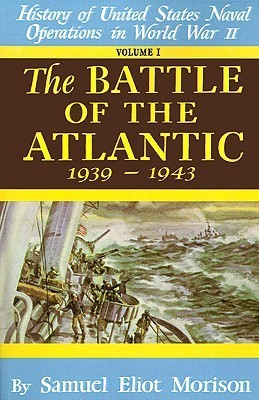What do you think?
Rate this book


The present book deals with the defense of our own shores and ships. It describes the gradual emergence of the Navy from the neutrality patrol and Western Hemisphere defense, through the "short-of-war" phases to full-fledged war with Germany and Italy. Much of it is devoted to the history of transatlantic, coastal, Russian, Caribbean and Brazilian convoys, and to the war on the U-boats. There are chapters on the fearful ordeal of the North Russian run, on the experiences of lonely merchantmen with Naval Armed Guards, on operations off the coast of Brazil, and on auxiliary efforts such as the Coastal Picket Patrol by sailing yachts (the "Hooligans"), the Mystery Ships, and the Civil Air Patrol.
434 pages, cloth
First published January 1, 1947